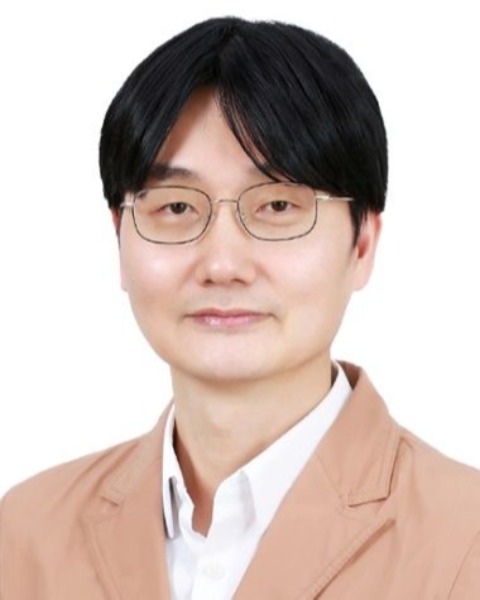
Tae-Woo Lee, PhD
Professor
Seoul National University
Seoul, Republic of Korea
Tae-Woo Lee is a professor in the Department of Materials Science and Engineering at Seoul National University, Korea. He received his Ph.D. in Chemical Engineering from Korea Advanced Institute of Science and Technology (KAIST), Korea, in 2002. He joined Bell Laboratories, Lucent Technologies, USA, as a postdoctoral researcher in 2002 and then worked at Samsung Advanced Institute of Technology as a member of the research staff (2003–2008). He was an assistant and associate professor in the Department of Materials Science and Engineering at Pohang University of Science and Technology (POSTECH), Korea, until August 2016. He received a prestigious Korea Young Scientist Award from the President of Korea in 2008 and the Scientist of the Month Award from the ministry of science, ICT and future planning in 2013. He was honored as 2020 Materials Research Society (MRS) Fellow. He is author and co-author of 270 papers in high-impact journals including Science, Nature, Nature Photonics, Nature Nanotechnology, Nature Review Materials, Nature Biomedical Engineering, Science Advances, Nature Communications, Joule, PNAS, Energy and Environmental Science, Advanced Materials, Angewandte Chemie, and ACS Nano. He is also the inventor or co-inventor of 387 patented technologies. He currently serves as an editorial board member on the Journals of Advanced Materials (Wiley), FlatChem (Elsevier), EcoMat (Wiley), Nano Convergence (Springer), and Semiconductor Science and Technology (IOP). His research focuses on organic, organic–inorganic hybrid perovskite, and carbon materials, and their applications to flexible electronics, printed electronics, displays, solid-state lightings, solar energy conversion devices, and bioinspired neuromorphic devices. His work in flexible bioelectronics fields includes flexible, stretchable printed nanowire electrodes, deformable organic nanowire transistors for healthcare applications, and flexible, stretchable artificial synapses and nerves for neuromorphic bioelectronics as well as neuromorphic computing.